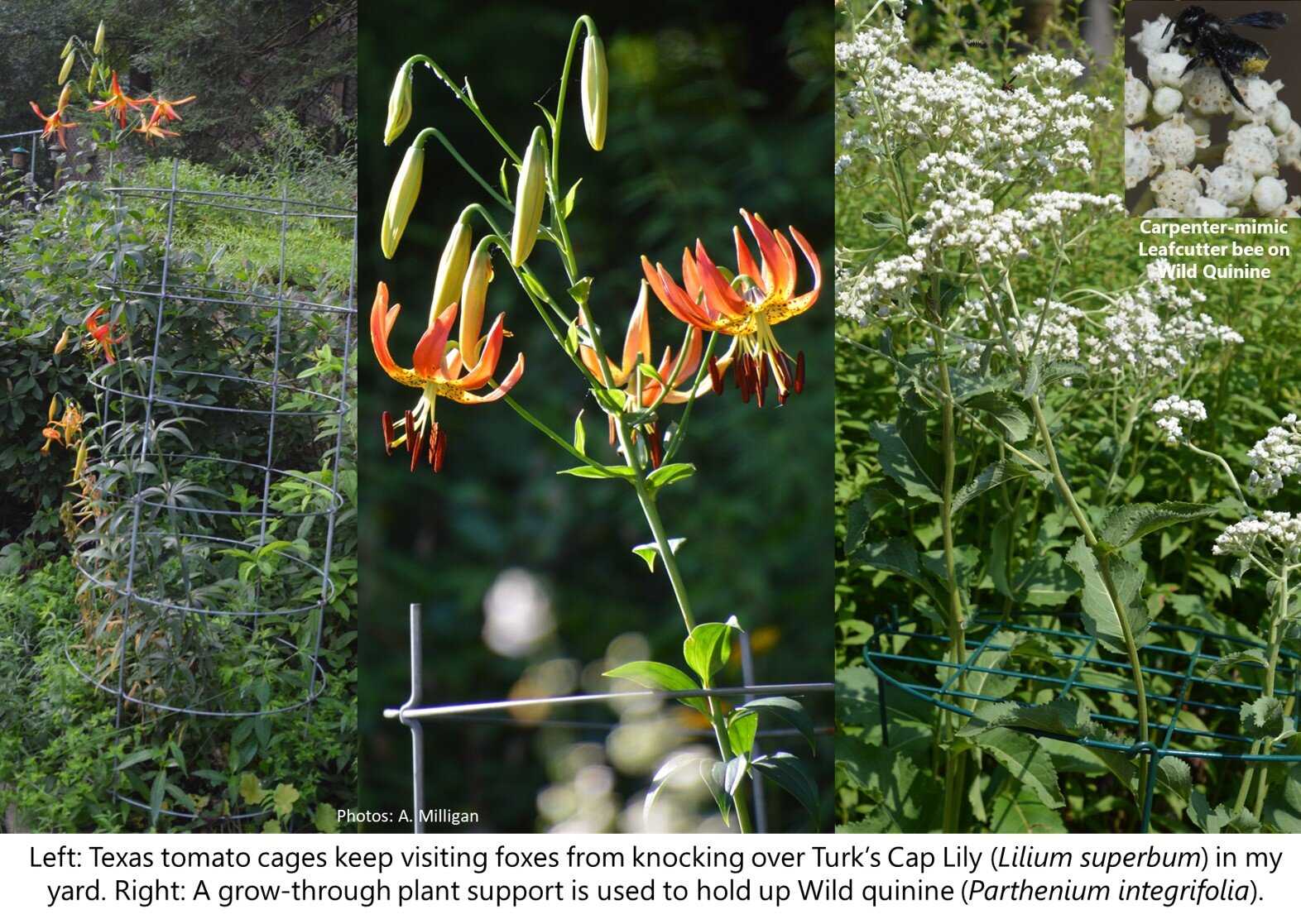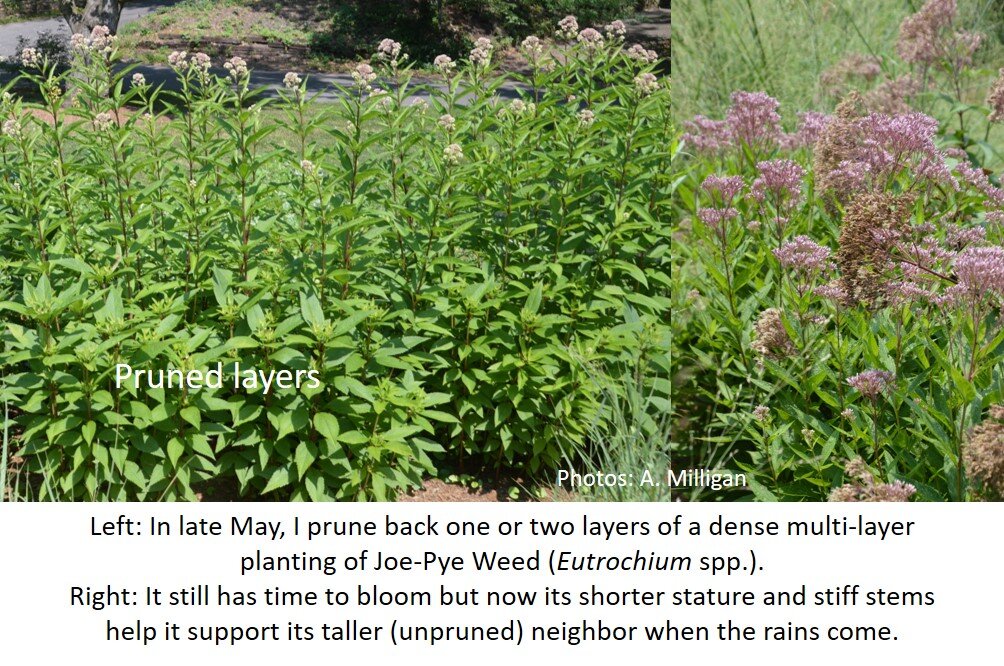Each year, many tons of leaves from our neighborhoods are blown or washed into local streams, clogging storm drains and releasing harmful nitrogen into the water. When leaves enter our waterways, they require 200% more oxygen to break down than on land. And, decaying leaves in our waterways block out sunlight, negatively impacting water quality and the health of aquatic life. But, you can do your part to help!
Leaves on hard surfaces: Removing leaves from hard surfaces, like driveways and sidewalks, helps to reduce pollution and harmful algae in our waterways.
Leaves on soft surfaces: As for the leaves in your yard and gardens, consider leaving or repurposing them to support native plants and animals. It really does make a difference!
WSA’s 3 Favorite Ways to Manage Leaves
Leave’em
If it is feasible, and not on impervious surfaces, it is best to leave your leaves on the ground! Raking up fallen leaves and sending them to the dump may be a normal autumn chore for most Americans, but this can be harmful to your local ecology and a waste of great nutrients in your lawn and garden.
Removing leaves removes wildlife habitat. Animals ranging from insects to reptiles, to even mammals rely on leaf litter for food and shelter. Important pollinators like moths and butterflies overwinter in fallen leaves.
Leaves also form a natural mulch that helps suppress weeds and fertilizes soils as they break down; great for lawns and gardens!
If you must remove leaves from your lawn (or are afraid of smothering your grass), try these options:
Mulch’em
Based on research, mowing leaves into the lawn as they fall has been proven to improve the conditions of grass. The decomposed leaves will release nitrogen and phosphorus into the soil, the same nutrients in fertilizer typically applied in the fall. Set your mower to a 4” height and mow weekly. Leaves shred more efficiently with residual light morning dew. Visually inspect in the spring, and you will notice a pleasant difference.
You can also move your leaves to your garden mulch beds and use them as natural mulch! After a few rainstorms, the leaves will flatten and become a dark bronze color mulch that inhibits weed growth but allows perennials to emerge in the spring.
Compost’em
If you really want to have tidy, clean lawn and garden beds, consider composting your leaves on site instead of throwing them away. Here is a great article about the best steps to compost your leaves!
Top 10 Reasons to be a leaf leader this Fall!
10. It’s good exercise
9. Spend quality time with your kids outside
8. Make an impact in your neighborhood: lead by example and your community will follow suit
7. Keep your creek clean. Each year, tons of leaves from our communities contribute to dead zones in our waterways
6. Leaves cleared from the streets prevent injury and accidents
5. Protect your local wildlife. Insects, birds and small mammals rely on leaf litter for food, shelter and nesting material
4. Your azaleas, camellias, and rhododendrons thrive with shredded organic leaf humus
3. Enhances clay or sandy soil and introduces beneficial microorganisms to the soil
2. Protects shrubs and perennials from extreme temperature changes
1. Because it’s easy, ecological and the right thing to do









